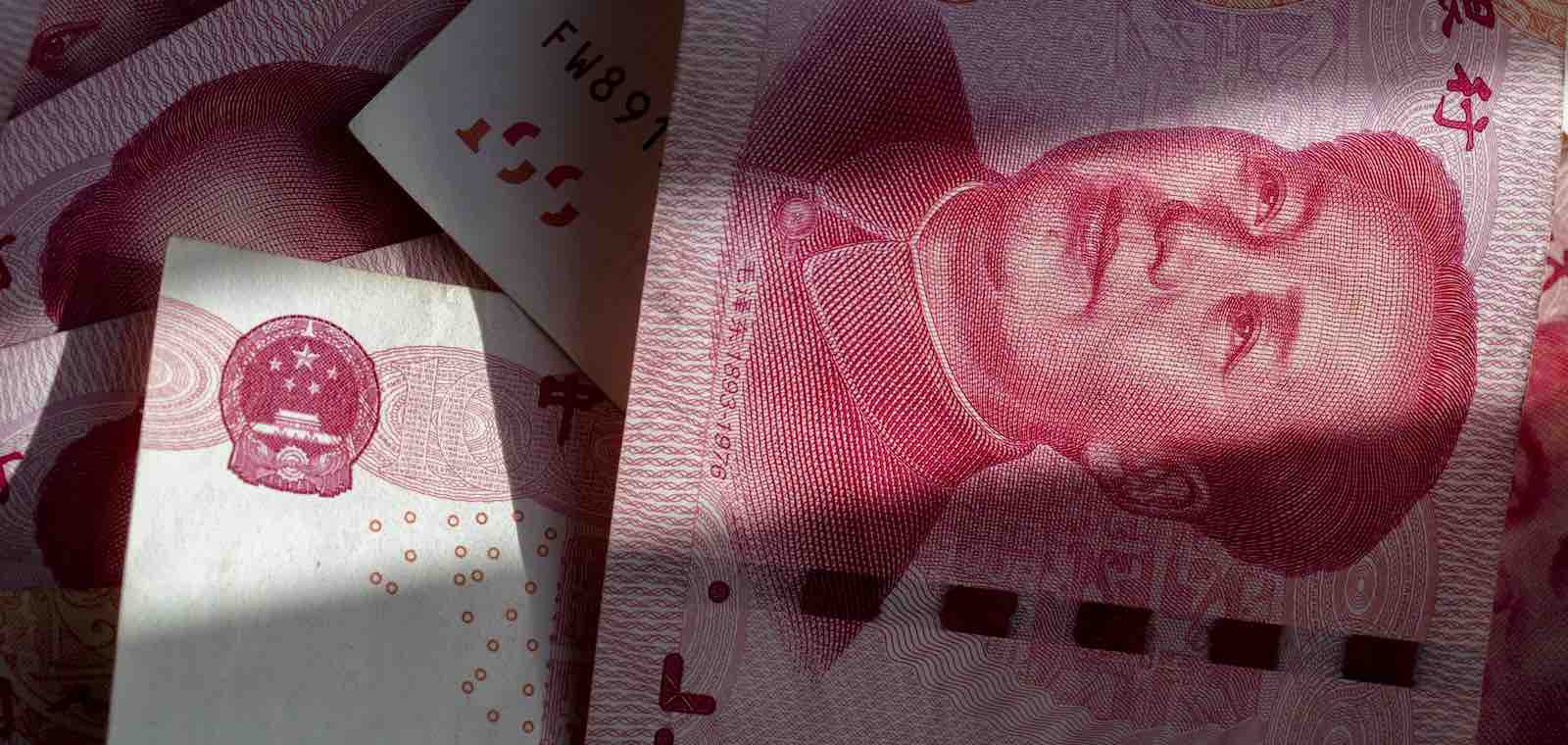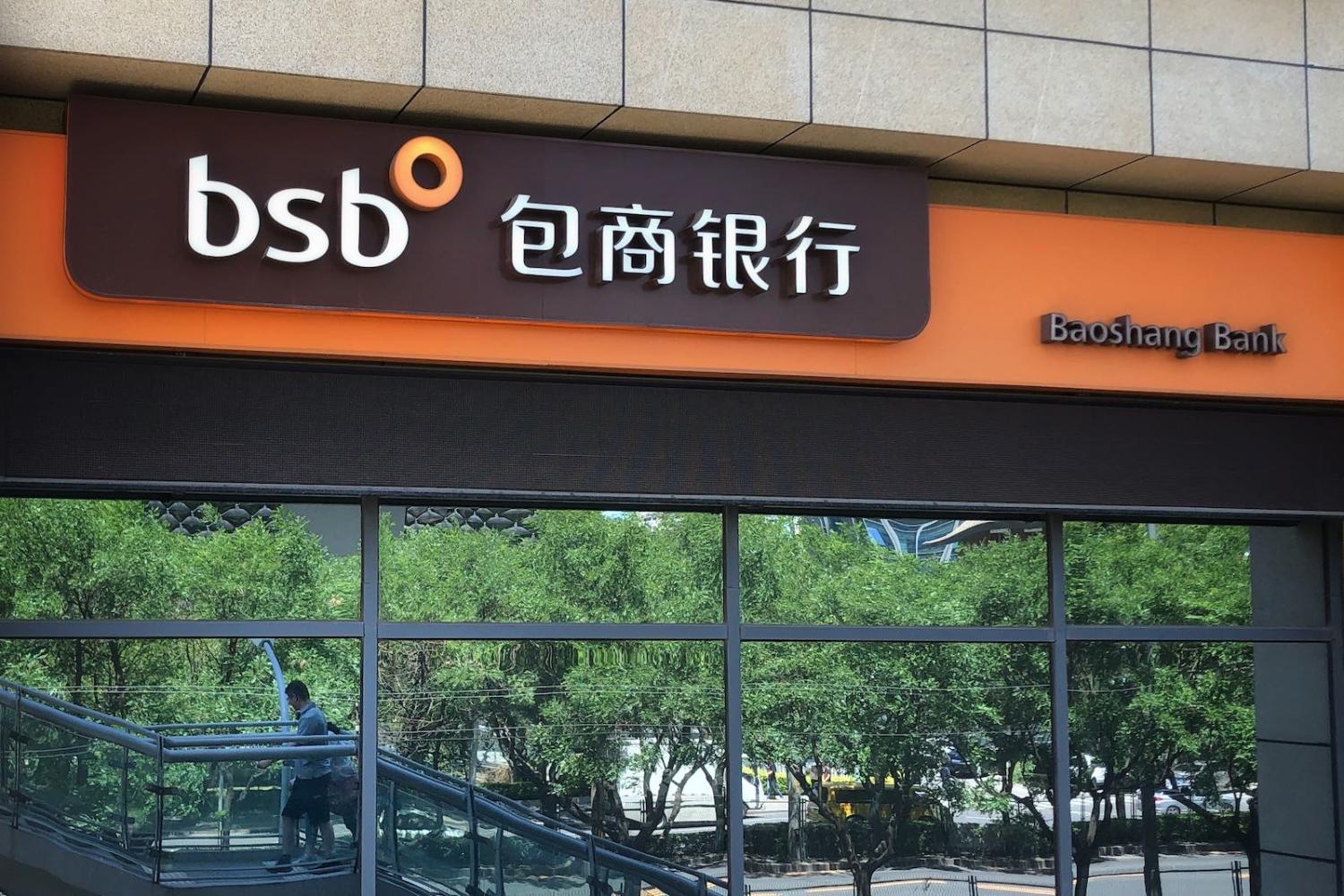The recent collapse and restructuring of Baoshang Bank – a smaller but still large bank based in Inner Mongolia in China – has once again raise the issue of the likelihood of a financial crisis in China. I argued last year (China’s looming financial crisis) that a financial crisis has been inevitable since policy mistakes in 2015, and that analysis of data on the reliance on wholesale funding in China’s financial system pointed to high risks from 2020 onwards.
Was the Baoshang collapse a near death experience for Chinese financial stability? Probably not, although it does give us important clues as to why and how a financial crisis will start.
A year or two of falling GDP growth will be enough to cause political problems in China and to set off a recession in Australia.
The main lesson from Boasheng is that the interbank funding market, where a crisis will start, is becoming harder to control. It’s not going to get any easier to control given credit growth has picked up in China and will likely continue to do so. On the positive side the government did successfully intervene to stop the contagion becoming a full-blown financial crisis. So this incident has dented the government’s claim to be in control but not undermined it.
If we look at system wide financial data such as the credit to deposit ratio, where the gap represents reliance on wholesale funding (e.g. the interbank market) it appears that China is now on the point of entering the danger zone. Other less precise indicators, such as stability of foreign exchange reserves, are not yet ringing alarm bells but could deteriorate quickly. So it still looks like a financial crisis in China is something for 2020 onward rather than 2019.
China is currently engineering a monetary stimulus to deal with a slowdown caused by efforts in 2017–18 to contain rapid credit growth. When China started the monetary tightening in 2017 it claimed that the clampdown was on financing structures in shadow banks and would not affect the real economy. It did of course have a major negative effect and the current weak profits data in China is largely driven by this domestically induced slowdown not the trade war with the US.
When China did resume a monetary stimulus last year it was at pains to emphasise that it would be a modest targeted stimulus so as to avoid increasing financial system risk. However it is increasingly clear that modest stimulus is not stabilising the economy. Rather than accept weak GDP growth we can expect more stimulus.

Our understanding at present is clouded by three things. The Chinese propensity to disguise lending, as occurred on a massive scale in 2015–16 suggests that actual credit growth may be higher than official data shows. In addition the housing market cycle is following an abnormal pattern, probably driven by over-regulation of the stock market encouraging funds from renewed credit growth to flow into housing. And finally the negative impact of the trade war with the US is a work in progress. So far the impact seems small but it is clear that exports are not going to solve China’s short term growth problem.
Baoshang’s crisis though does highlight a key issue. Once obscure wholesale funding reaches a critical mass, panics in the wholesale market are inevitable. The Boashang case showed the government is still in overall control, but raised questions about how long this can go on. The Chinese financial system is once again rapidly expanding in increasingly obscure ways.
All it will take is a mistake in handling one of these crises and it will expand into a Lehman Brothers-style systemic crisis. Such a mistake is inevitable but we cannot be sure about the timing. A financial crisis does not in itself cause an economic collapse but it does lead to a nasty recession. The Chinese economy is unlikely to stagnate at its current stage of development unless major political disturbances occur, but a year or two of falling GDP growth will be enough to cause political problems in China and to set off a recession in Australia.

